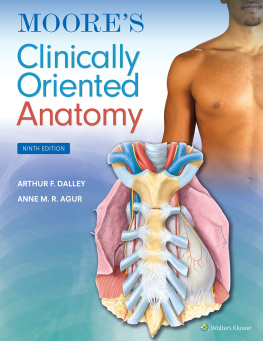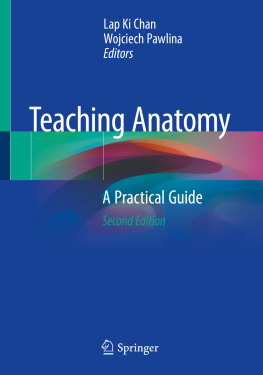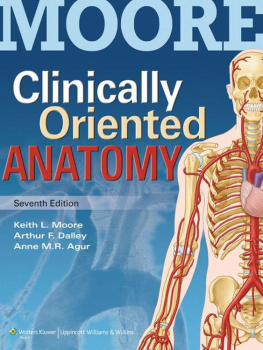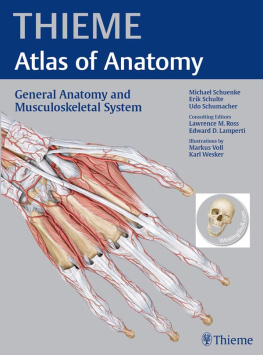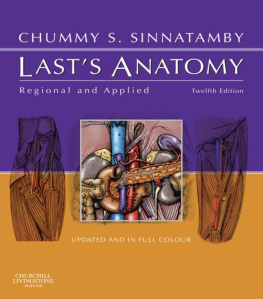Table of Contents
List of tables
- Tables in Historical introduction
- Tables in Chapter 1
- Tables in Chapter 5
- Tables in Commentary 1.2
- Tables in Commentary 2.1
- Tables in Chapter 16
- Tables in Chapter 17
- Tables in Chapter 18
- Tables in Chapter 23
- Tables in Commentary 3.1
- Tables in Chapter 31
- Tables in Chapter 33
- Tables in Chapter 36
- Tables in Chapter 37
- Tables in Chapter 43
- Tables in Chapter 46
- Tables in Chapter 48
- Tables in Commentary 6.1
- Tables in Chapter 51
- Tables in Chapter 52
- Tables in Chapter 54
- Tables in Chapter 56
- Tables in Chapter 57
- Tables in Chapter 60
- Tables in Chapter 61
- Tables in Chapter 62
- Tables in Chapter 67
- Tables in Chapter 68
- Tables in Chapter 70
- Tables in Chapter 72
- Tables in Chapter 73
- Tables in Chapter 76
- Tables in Chapter 77
- Tables in Chapter 78
- Tables in Chapter 79
- Tables in Chapter 80
- Tables in Commentary 9.3
List of figures
- Figures in Preface Commentary
- Figures in Historical introduction
- Figures in Anatomical nomenclature
- Figures in Chapter 1
- Figures in Chapter 2
- Figures in Chapter 3
- Figures in Chapter 4
- Figures in Chapter 5
- Figures in Chapter 6
- Figures in Chapter 7
- Figures in Commentary 1.1
- Figures in Commentary 1.2
- Figures in Commentary 1.3
- Figures in Commentary 1.4
- Figures in Commentary 1.5
- Figures in Commentary 1.6
- Figures in Chapter 8
- Figures in Chapter 9
- Figures in Chapter 10
- Figures in Chapter 11
- Figures in Chapter 12
- Figures in Chapter 13
- Figures in Chapter 14
- Figures in Chapter 15
- Figures in Commentary 2.1
- Figures in Commentary 2.2
- Figures in Chapter 16
- Figures in Chapter 17
- Figures in Chapter 18
- Figures in Chapter 19
- Figures in Chapter 20
- Figures in Chapter 21
- Figures in Chapter 22
- Figures in Chapter 23
- Figures in Chapter 24
- Figures in Chapter 25
- Figures in Commentary 3.1
- Figures in Chapter 26
- Figures in Chapter 27
- Figures in Chapter 28
- Figures in Chapter 29
- Figures in Chapter 30
- Figures in Chapter 31
- Figures in Chapter 32
- Figures in Chapter 33
- Figures in Chapter 34
- Figures in Chapter 35
- Figures in Chapter 36
- Figures in Chapter 37
- Figures in Chapter 38
- Figures in Chapter 39
- Figures in Chapter 40
- Figures in Chapter 41
- Figures in Chapter 42
- Figures in Commentary 4.2
- Figures in Commentary 4.3
- Figures in Chapter 43
- Figures in Chapter 44
- Figures in Chapter 45
- Figures in Commentary 5.1
- Figures in Chapter 46
- Figures in Chapter 47
- Figures in Chapter 48
- Figures in Chapter 49
- Figures in Chapter 50
- Figures in Commentary 6.1
- Figures in Commentary 6.2
- Figures in Commentary 6.3
- Figures in Chapter 51
- Figures in Chapter 52
- Figures in Chapter 53
- Figures in Chapter 54
- Figures in Chapter 55
- Figures in Chapter 56
- Figures in Chapter 57
- Figures in Chapter 58
- Figures in Chapter 59
- Figures in Chapter 60
- Figures in Chapter 61
- Figures in Chapter 62
- Figures in Chapter 63
- Figures in Chapter 64
- Figures in Chapter 65
- Figures in Chapter 66
- Figures in Chapter 67
- Figures in Chapter 68
- Figures in Chapter 69
- Figures in Chapter 70
- Figures in Chapter 71
- Figures in Chapter 72
- Figures in Chapter 73
- Figures in Chapter 74
- Figures in Chapter 75
- Figures in Chapter 76
- Figures in Chapter 77
- Figures in Commentary 8.1
- Figures in Commentary 8.2
- Figures in Chapter 78
- Figures in Chapter 79
- Figures in Chapter 80
- Figures in Chapter 81
- Figures in Chapter 82
- Figures in Chapter 83
- Figures in Chapter 84
- Figures in Commentary 9.1
- Figures in Commentary 9.3
Landmarks
Acknowledgements
Within individual figure captions, we have acknowledged all figures kindly loaned from other sources. However, we would particularly like to thank the following authors who have generously loaned so many figures from other books published by Elsevier:
Drake RL, Vogl AW, Mitchell A (eds), Gray's Anatomy for Students, 2nd ed. Elsevier, Churchill Livingstone. Copyright 2010.
Drake RL, Vogl AW, Mitchell A, Tibbitts R, Richardson P (eds), Gray's Atlas of Anatomy. Elsevier, Churchill Livingstone. Copyright 2008.
Waschke J, Paulsen F (eds), Sobotta Atlas of Human Anatomy, 15th ed. Elsevier, Urban & Fischer. Copyright 2013.
Acknowledgements for paediatric anatomy content in to Christopher Edward Bache, MBChB, FRCS (Tr & Orth), Birmingham, UK. The editors would like to thank all contributors and illustrators to the previous editions of Gray's Anatomy , including the fortieth and thirty-ninth editions. Much of the illustration in Gray's Anatomy has as its basis the work of illustrators and photographers who contributed towards earlier editions, their figures sometimes being retained almost unchanged, and sometimes being used as the foundation for figures that are new to this edition.
Eponyms
An annotated list of eponyms, edited by Harold Ellis, was published initially in the 39th edition. That list has now been updated by Susan Standring. An appropriate reference has been cited when it has not proved possible to source biographical information.
Achilles tendon : the calcaneal tendon.
Achilles, in Greek mythology, was slain by a wound in his vulnerable heel, inflicted by Paris in the Trojan War.
Adam's apple : a protrusion in the front of the throat that is part of the larynx.
According to the Old Testament, Adam was the first man.
Adamkiewicz, artery of : the largest anterior medullary feeder artery to the anterior spinal artery. It varies in level, arising from the lower (T911) posterior intercostal, the subcostal or, less frequently, the upper, lumbar (L12) arteries. Most often occurs on the left side.
Albert Adamkiewicz (18501921), Professor of Pathology, University of Cracow, Poland.
Addison's disease : a disease resulting from progressive destruction of the suprarenal gland with deficiency in the secretion of adrenocortical hormones.
Thomas Addison (17951860), English physician.
Alcock's canal : canalis pudendalis.
Benjamin Alcock (1801?), British anatomist who published an article in 1836 on iliac arteries.
Allen's test : a test of sufficiency of the blood supply to the hand by compression and release of the ulnar and radial arteries, and observation of the colour change of the hand.
EV Allen (19011961), Professor of Medicine, Mayo Clinic, Rochester, Minnesota, USA.
Alport's syndrome : a rare hereditary condition characterized by progressive renal failure.
Arthur Cecil Alport (18801959), South African physician.
Alzheimer's disease : the most common form of dementia, characterized at postmortem by neurofibrillary tangles and amyloid plaques.
Alois Alzheimer (18641915), neurologist, Breslau, Poland.
Ammon's horn: the hippocampus. Cornu Ammonis, or Ammon's horn, describes the whorled, chambered shells of a fossil genus of Cephalopods. It also refers to the ram-shaped horns on the head of the Egyptian god Amun.


